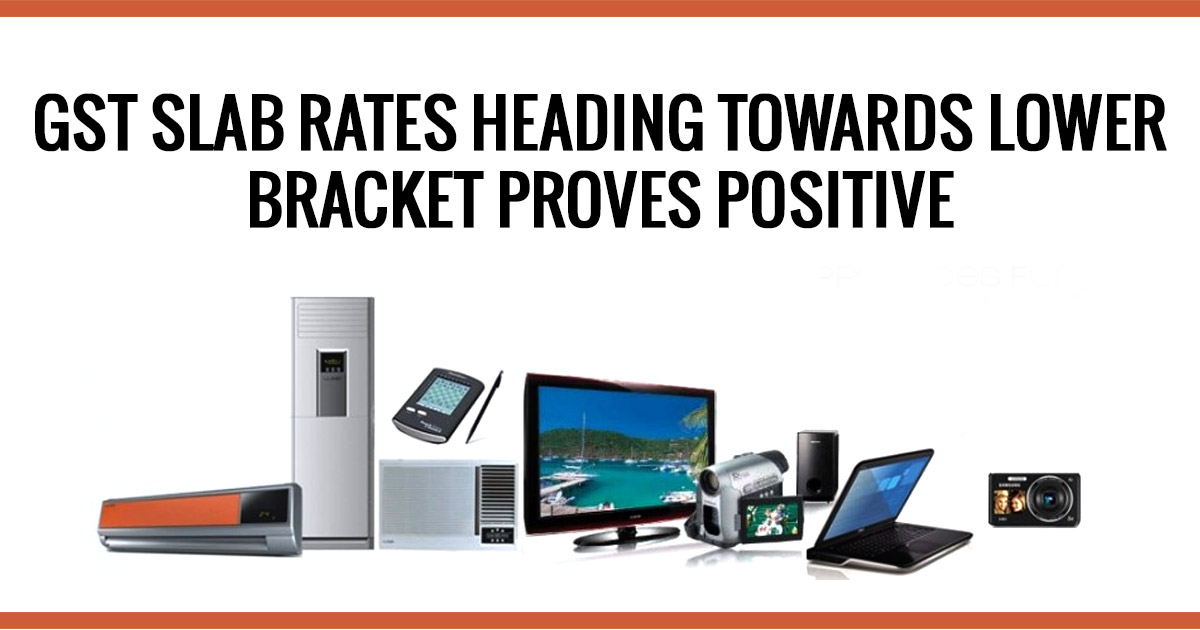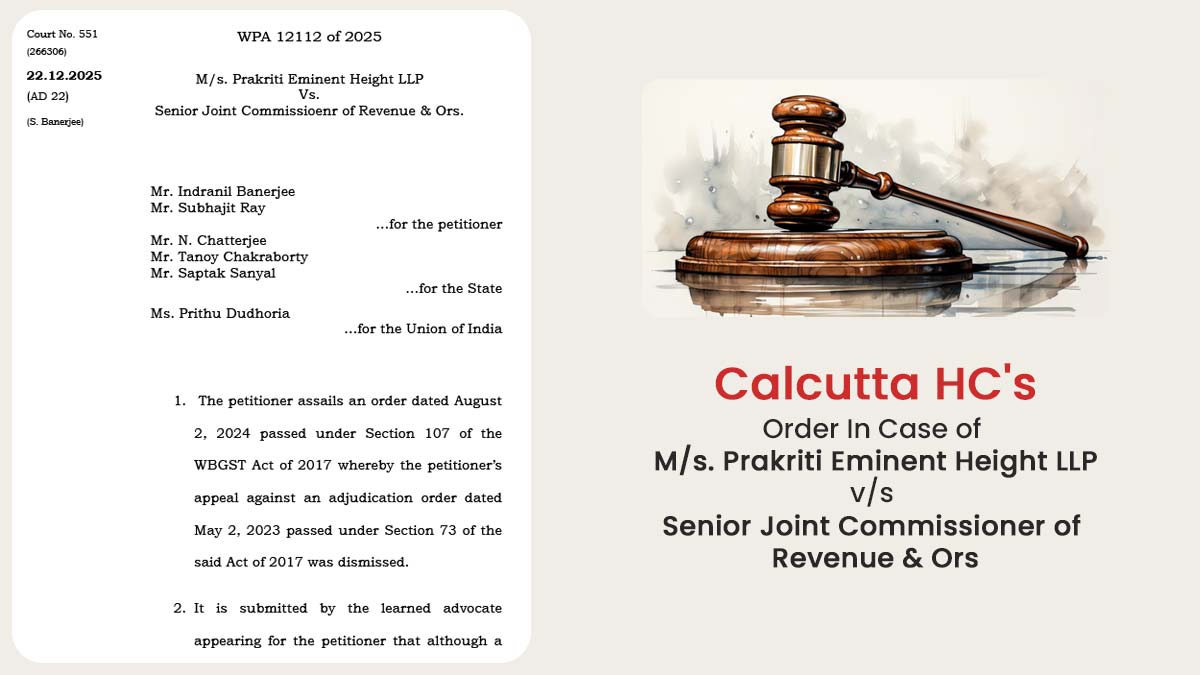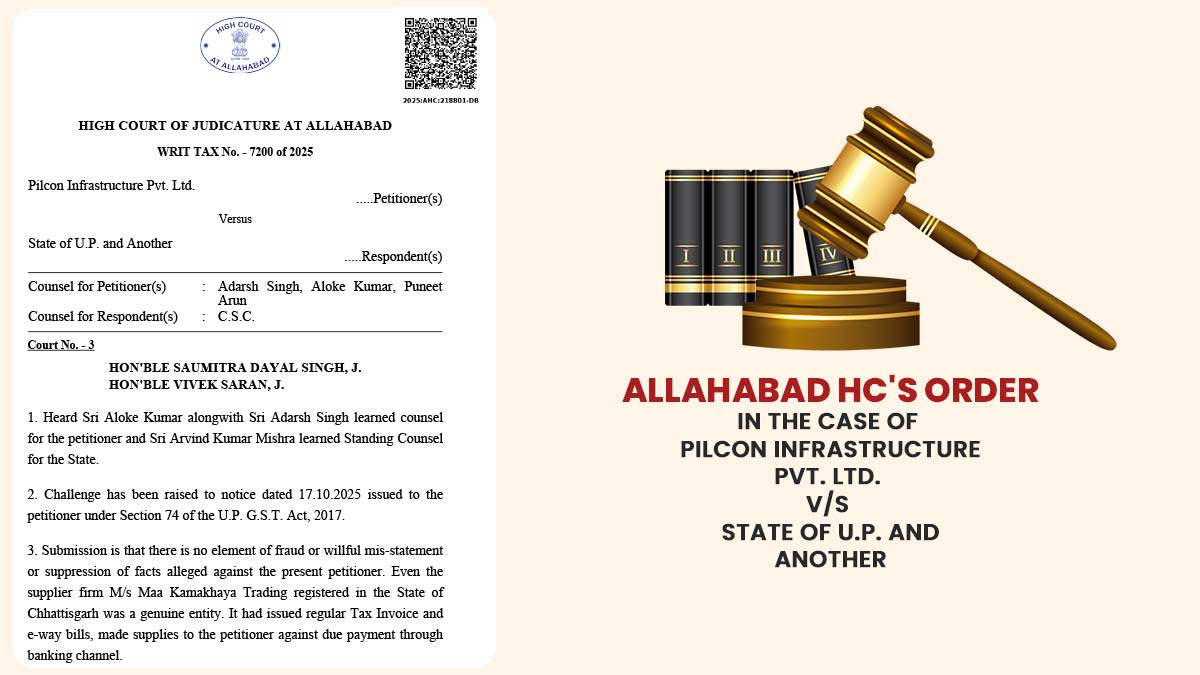GST was touted as ‘One Nation One Tax‘ since its introduction on July 1st, 2017 GST has undergone many changes both structural and provisional. There also have been constant voices against the multiple tax-slabs that dominate India’s current indirect tax regime. However, the decision to include multiple tax slabs was driven primarily because of the following reasons:
- Low Purchasing Power of individuals
- Lower tax slabs ensure compliance
- High tax slabs are a source of revenue for the state and centre
- Multiple tax slabs also ensure that the current taxation law i.e GST matches the previous tax regime in terms of revenue generation
28% to 18%: Consumer Friendly GST?
A paramount similarity between the previous VAT and current GST regime was in the tax rate of commodities. This was primarily done to check inflation. However, in the recent 28th GST council meeting, there were attempts made to lower the GST rates as well as simplify the GST return filing structure, there have been attempts by the GST Council towards rate rationalization. Consumer products have been the first in the list of many to have benefitted from this move. These include shavers, hair dryers, mixer grinder, toiletries, vacuum cleaners, lithium-ion batteries and many other daily use items which earlier constitutes the 28% tax slab. These items now attract only 18% GST. Other consumer durables like a refrigerator, washing machine, small screen TV, storage water heaters, paints, and varnish have also been demoted to the 18% tax slab. Whereas, handmade carpets and sanitary napkins have witnessed maximum downgrade with the former now taxable at 5% GST and the later being completely exempted.
Hence all-in-all there is still a conscious positive attempt to make GST more consumer friendly. This would not only check unwanted inflation but also promote consumer spending.
The Larger Picture
A rationalized GST tax rate would no doubt positively impact household budgets while zero-rated or exempt consumer goods will not be liable for ITC claims under the current GST provisions. This will impact in multiple ways:
- A loss in revenue to States and Center: Rate Rationalization would reduce the tax accrues. There could be an estimated reduction of nearly 35% in tax proceeds. The loss would have to be shared by both state and centre.
- The Other Side of Rate Rationalization: The rise in demand/sale would force more production. This would propel demands for indirect services and hence GST collection from sources (income and service) at production levels. However, to think that the supply-demand curve would immediately make up for the 35% loss would not be a rational consideration.
Overall, keeping in mind the current attempts of the GST Council to accelerate demand and supply as well as flexible GST for SMEs hints that the GST tax slab is slowly but surely entering a rationalization state. Though items like air conditioners still are part of the luxury slab, we can expect more tax relaxations for specific sectors in the future also. But total exemption will remain a far-fetched idea as credits accruing in the cost must be accounted for. Hence, the zero-rated or minimum rate seems a more feasible and practical approach by the upcoming 29th GST council meeting, which will try to solve the issues as soon as possible.










